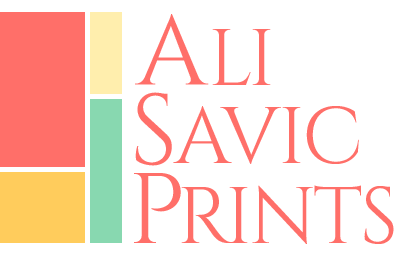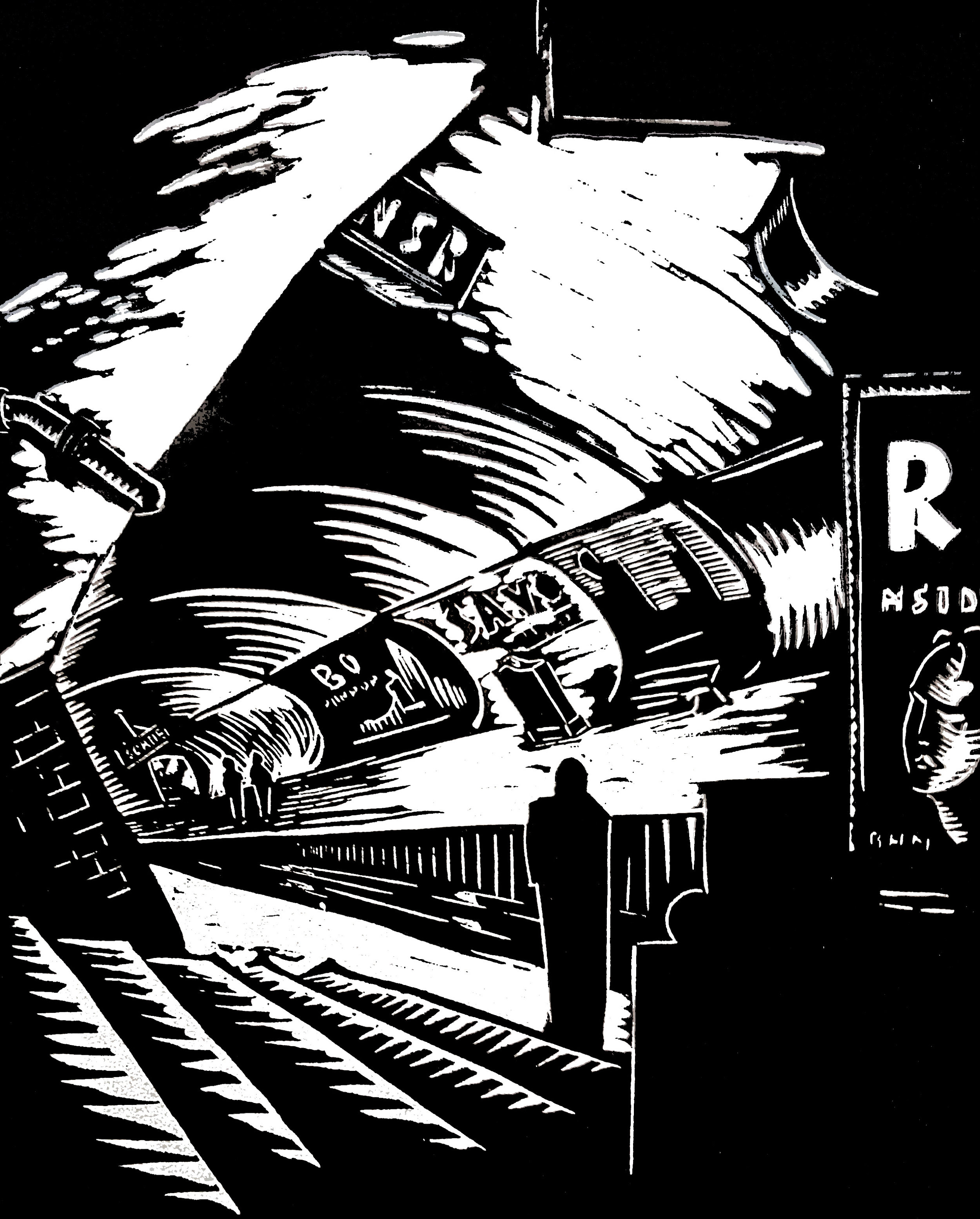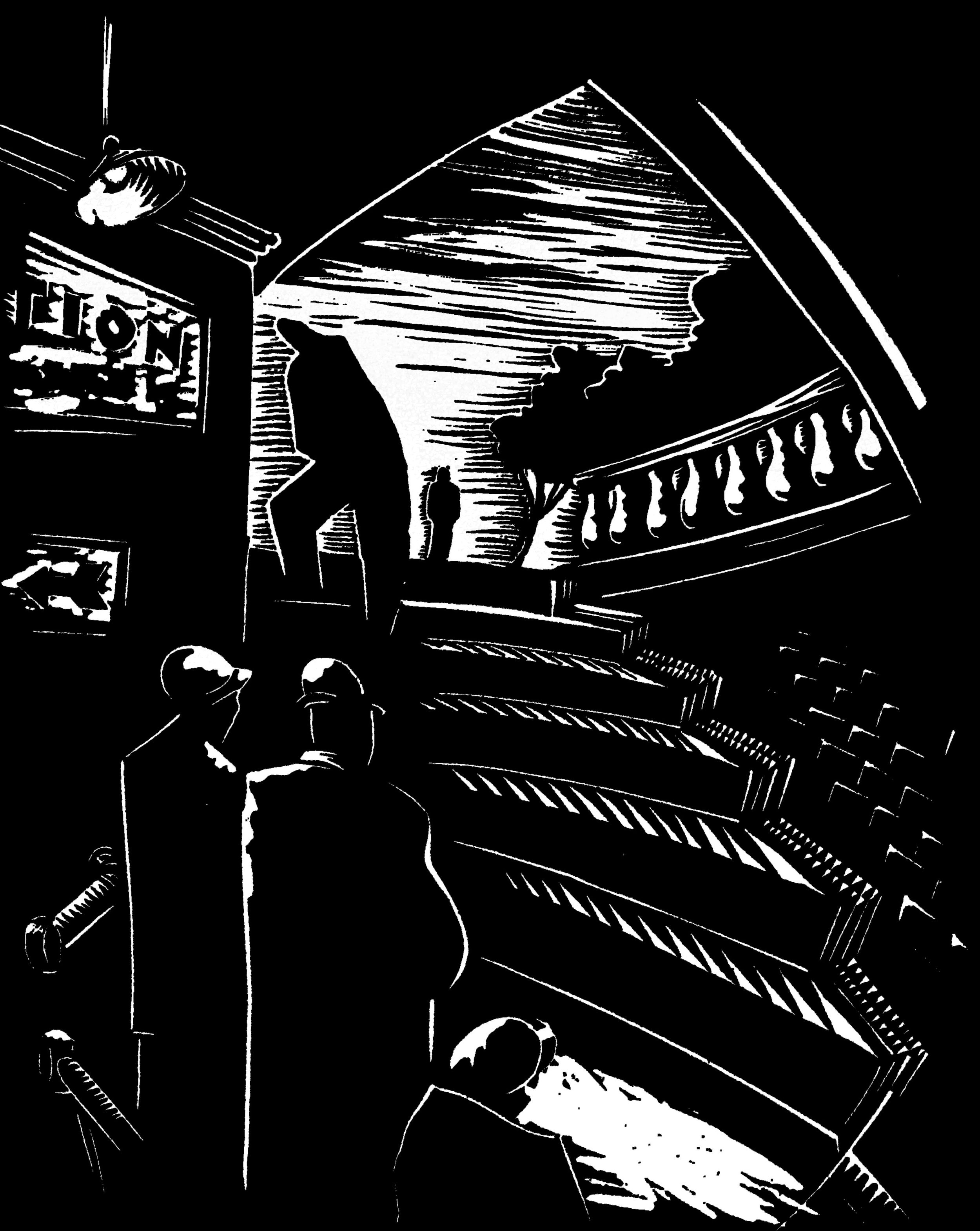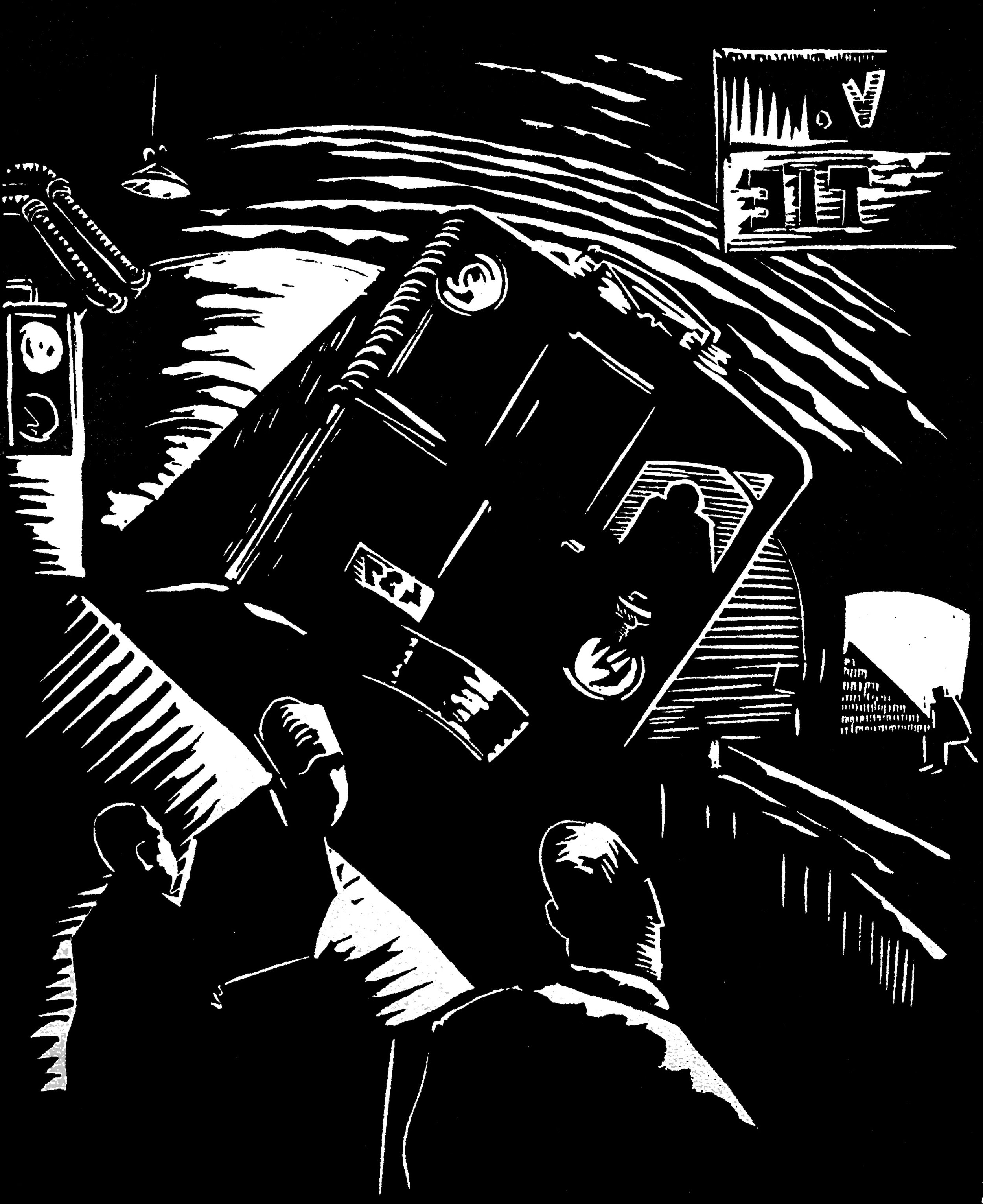My husband, Dragan, who is a native Serb, our 11 year old son, Aleks and I have embarked on an adventure, by moving to Belgrade from England for 8 months. These are excerpts from my weekly diary.
Museum of Contemporary Art, Belgrade
A visit to Belgrade's recently renovated Museum of Contemporary Art [1] was an astonishing experience. The building, built in 1965 (the same age as me!) is the perfect space to show-off art from the last 100 years or so of former Yugoslavia, Serbia and internationally. Dragan was delighted to see a painting by one of his classmates from the 70s, he recognised the artist's name from his nickname, 'Đile,' on the label. The artist is now an art critic.
Detail of 'Crowd' by Srđan Marković Đile, painted in 1991
The museum is a very photogenic and thought provoking space, here are some of the fascinating artworks, including some wonderful woodcut prints by Sergije Glumac.
'Hippy Top', painted wood sculpture by Tomislav Kauzlarič, made in 1967
'Subway' woodcuts by Sergije Glumac, made c. 1928
Belgrade's Ethnographic Museum
It was a weekend of museums, and Belgrade's Ethnographic Museum [2] gives a charming insight into traditional life in Serbia and the Balkans. (Aleks was on a school ski trip to Kopaonik mountain - art museums are not high on his list of exciting things to do!) Dragan particularly loved the recreated farm house interiors filled with chunky wooden furniture, hand embroidered textiles and 'ćilim' (hand woven carpets) [3]. He has fond memories of living with his grandparents in a village in Serbia when he was young. His other Grandma, Baba Simana, who lived in Montenegro, used to carry a 'burilo', a rectangular shaped barrel filled with water from the local spring up the hill to the farm every day. She lived to the age of 99.
Cottage interior with hand embroidered textiles
Beautiful ćilim (woven carpet) in a 19th century interior
In the past a Serbian woman's headscarf had meaning!
Traditional dress was worn daily well into the 20th century in some areas of the Balkans. Different styles and designs represented different places and the way a woman tied her head scarf would identify the village she came from. Dragan's grandmother from Serbia, Grandma Tomka wore a scarf every day. The bridal dresses in the museum were particularly lovely and were often embellished with silver coins as part of the bride's dowry.
Serbian folk dancing, known as 'Folklore', is very much alive today and the dancers wear traditional dress, depending on which part of Serbia the dance is from. The costumes are made of wool and with many layers, so the dancers must get pretty hot!
Serbian National Costume at Belgrade's Ethnographic Museum
Bridal Head-dress with silver coins as part of the bride's dowry
A Serbian phrase for you!
It's snowing as I write, so here's a new Serbian phrase for you, 'pada sneg', meaning 'it's snowing!'
[1] http://eng.msub.org.rs/o-muzeju
[2] http://etnografskimuzej.rs/en/zbirke/














